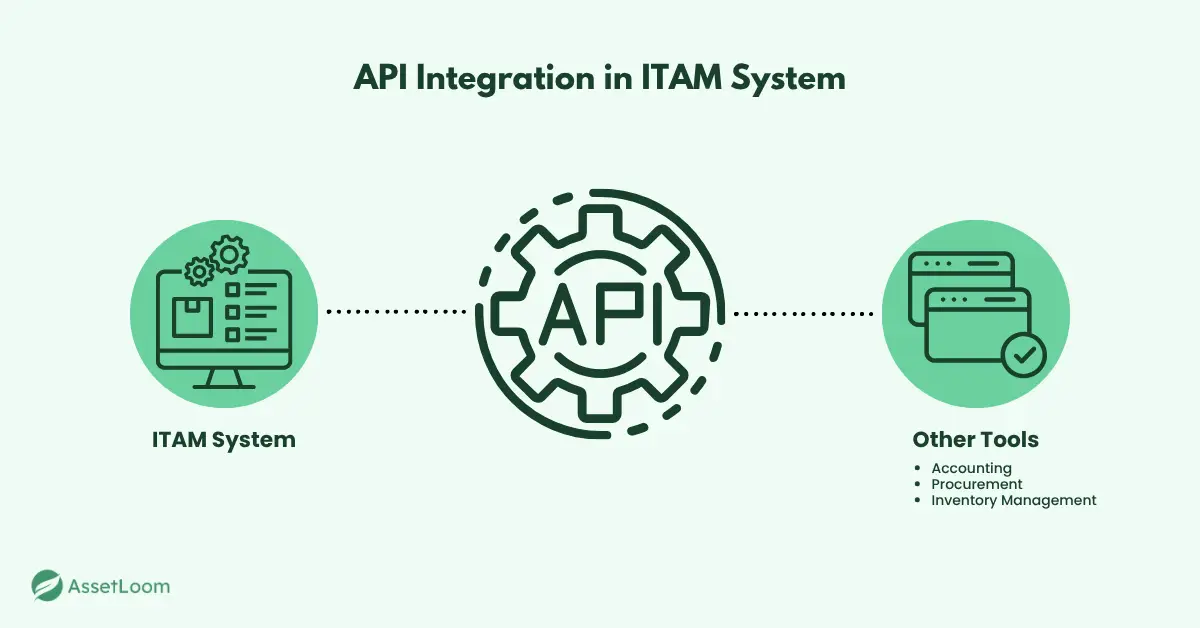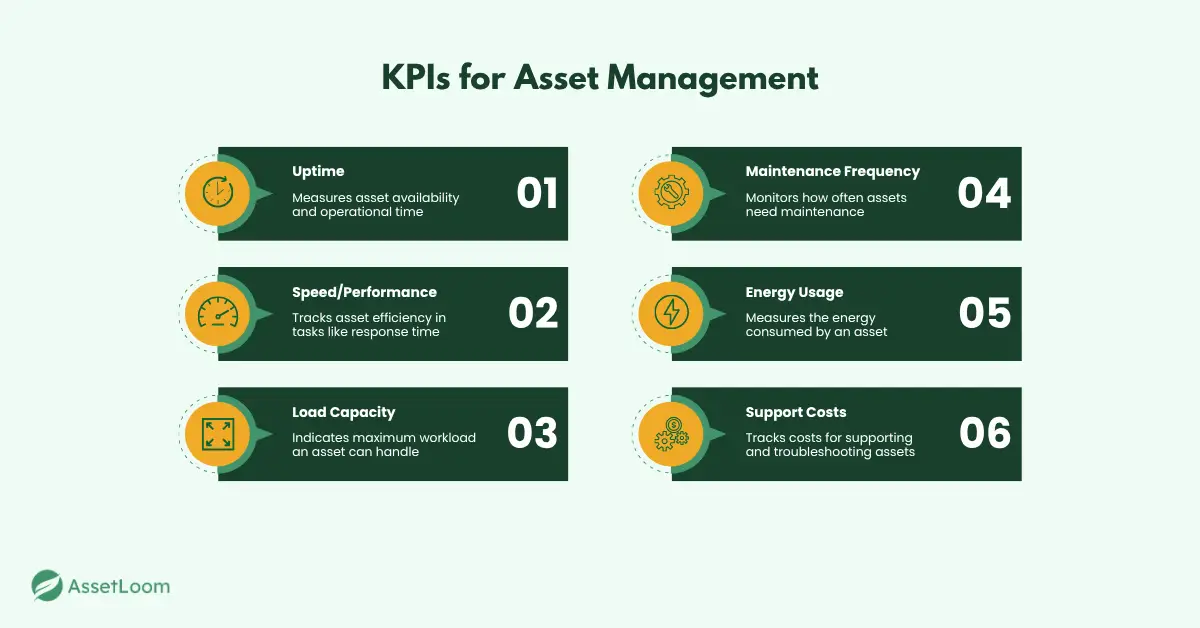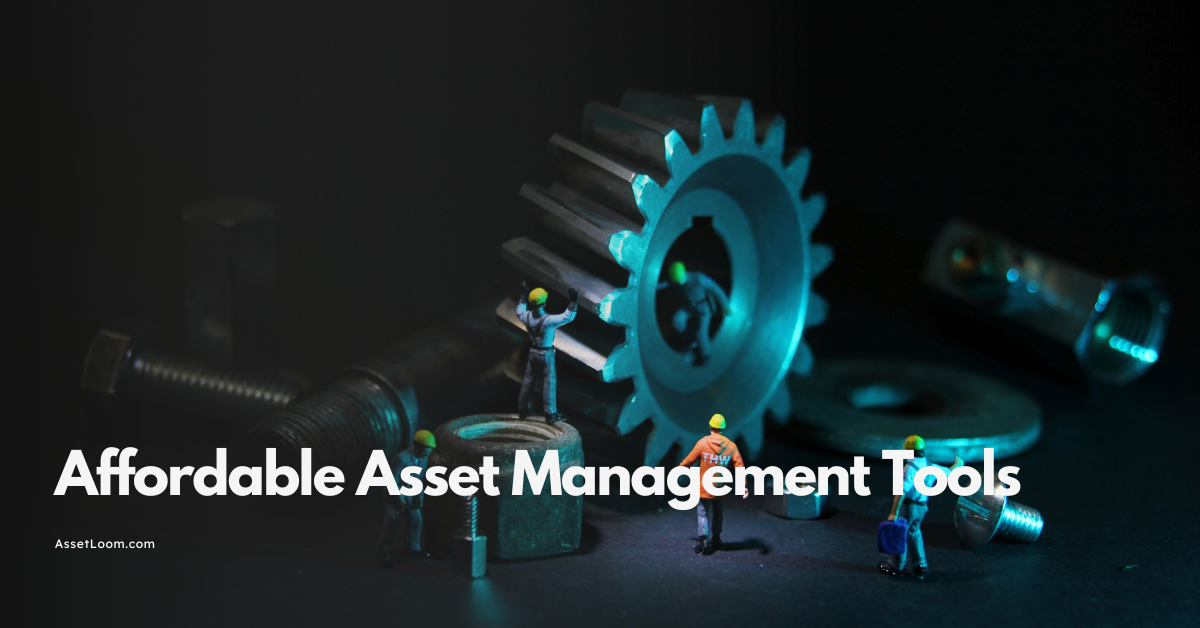5 Tips for Maximizing the Benefits of a Free IT Asset Management System
Discover hidden tips to maximize your free IT asset management system, boosting efficiency and cutting costs.
Many businesses use free IT asset management (ITAM) systems, but most only tap into basic features, missing out on their full potential.
What if your free ITAM system could do more than just track assets? With the right strategies, it can streamline operations, reduce costs, and improve efficiency.
In this blog, we’ll reveal surprising, underused tips that will help you maximize your ITAM system’s capabilities. These hidden gems can save you time, improve decision-making, and make your work easier. Let’s dive in!
Tip #1: Use Dynamic Asset Grouping for Smarter Reporting
Most ITAM systems allow basic categorization, but dynamic asset grouping takes it a step further by organizing assets based on factors like usage patterns, age, or risk level. This gives you deeper insights into asset performance and helps you prioritize upgrades, maintenance, and replacements.
How to Apply:
1. Create Custom Groups
Group assets by usage frequency, warranty status, or lifecycle stage. For example, categorize assets as high-use, low-use, or near end-of-life to track their health and needs more effectively.
2. Generate Targeted Reports
Use these groups to generate tailored reports that highlight key issues like underperforming assets or those requiring imminent upgrades or maintenance.
3. Optimize Resource Allocation
Focus on high-priority groups, such as high-use or EOL assets, to better plan for replacements, repairs, and resource distribution.
How It Helps:
By grouping assets in this way, you're not just looking at a list of things to manage; you're getting a clearer picture of where your attention and resources should go. It helps you identify the assets that need immediate action, so you're not caught off guard by failures or surprise costs.
Plus, it gives you the ability to prioritize upgrades, spread out costs over time, and make smarter decisions about where to focus your team’s efforts. It's all about being proactive rather than reactive.
Tip #2: Leverage APIs for Cross-Platform Data Syncing
Many free ITAM systems offer API integrations, but they’re often underutilized. By connecting your ITAM system with other platforms, like your financial software, helpdesk system, or inventory management software, you can streamline workflows and automate data flow across your business.
How to Apply:
1. Set Up API Integrations
Check if your free ITAM system supports API connections. If so, connect it with other tools you already use, like your accounting or procurement platforms. This can automatically sync asset data, such as purchase information, asset statuses, and maintenance history, without manual entry.
2. Automate Routine Tasks
Use APIs to set up automatic data transfers between systems. For example, when an asset purchase is logged in your ITAM system, the same data can be sent to your accounting software for depreciation tracking, saving you time and reducing errors.
3. Enhance Reporting
APIs can also allow your ITAM system to pull data from other business systems to generate more comprehensive reports. For example, combine asset usage data with your financial reports to assess ROI or track asset depreciation over time.
How It Helps:
Using APIs to integrate your ITAM system with other platforms cuts down on manual data entry, reduces errors, and ensures that your asset data is always up to date. It creates a seamless flow of information across your business, saving you time and allowing for more accurate decision-making. Plus, it enhances the power of your reports by combining data from multiple sources, giving you a more complete view of your assets' performance and financial impact.

Tip #3: Automate Predictive Maintenance Alerts Based on Usage Analytics
Instead of waiting for an asset to fail or miss a maintenance window, leverage usage analytics to automate maintenance alerts. This proactive approach can significantly reduce downtime and extend the lifespan of your assets.
How to Apply:
1. Track Usage Data
Many free ITAM systems track asset usage statistics, such as CPU usage, memory consumption, or operating hours. Use this data to set thresholds that trigger maintenance reminders before assets show signs of wear.
2. Set Up Maintenance Triggers
For critical assets, configure your system to send automated alerts when usage reaches certain thresholds. For example, set a maintenance alert for servers after they’ve been running for 5,000 hours or when a workstation hits 80% of its capacity.
3. Schedule Preventive Maintenance
Use the alerts to schedule regular maintenance before problems occur. This can help avoid unexpected failures and keep your assets running smoothly, saving time and money on reactive repairs.
How It Helps:
Automating predictive maintenance based on real-time usage data helps you stay ahead of issues before they become costly problems. Instead of reacting to breakdowns, you're proactively managing the health of your assets, reducing downtime, and preventing expensive repairs. This also ensures that your team isn’t caught off guard and can keep operations running smoothly with minimal disruption.
Tip #4: Track Asset Performance vs. Cost to Find the Real ROI
Instead of simply tracking the purchase cost of assets, consider tracking both their performance and ongoing costs to truly understand their return on investment (ROI). This will help you identify which assets are worth keeping and which may need replacing or upgrading.
How to Apply:
1. Track Performance Data
Monitor key performance indicators (KPIs) like uptime, speed, or load capacity for each asset. This helps you understand how well your assets are performing over time and whether they're meeting business needs.
2. Capture Ongoing Costs
In addition to tracking the initial purchase cost, capture the ongoing costs for each asset, such as maintenance, energy usage, or support costs. This data will give you a clearer picture of the total cost of ownership.
3. Calculate True ROI
Use the performance and cost data to calculate the true ROI of each asset. Compare the value generated by each asset against the ongoing costs to determine whether it’s still a good investment or if it’s time to replace or upgrade.
How It Helps:
Tracking asset performance alongside ongoing costs allows you to make more informed decisions about your IT assets. You can quickly identify underperforming assets that are costing more than they’re worth, and prioritize replacements or upgrades. This helps optimize your budget and ensure you're investing in assets that provide the highest value to your organization.

Tip #5: Use Asset Tagging for Internal Control and Security Audits
Asset tagging, whether with QR codes or RFID tags, isn’t just for inventory tracking; it can also streamline internal controls and security audits. By tagging assets, you can quickly verify their location, condition, and compliance during audits, reducing the time spent on manual checks and increasing accuracy.
How to Apply:
1. Implement Asset Tags
Use QR codes or RFID tags to label all your assets. This makes it easy to track their movement, usage, and condition. You can even use smartphone apps to scan these tags during regular checks.
2. Integrate with Audit Systems
Integrate asset tagging with your security and compliance tracking systems. This allows you to quickly verify asset status and ensure everything is up to code during security audits.
3. Conduct Real-Time Audits
During audits, scan assets tagged with QR codes or RFID to instantly retrieve their data from your ITAM system. This makes it much faster to confirm their location, status, and condition, and ensures your records are always up to date.
How It Helps:
Asset tagging simplifies security audits and internal controls by giving you quick, real-time access to asset information. It saves you time during audits, reduces human error, and ensures your assets are always accounted for accurately. Plus, it enhances your security by making it easier to track asset movements and prevent loss or theft.
Bonus Tip: Key Mistakes to Avoid
While there’s plenty of potential to unlock with your free ITAM system, it’s easy to fall into common traps. A few mistakes to watch out for include:
- Neglecting Regular Updates: Failing to keep your asset records up to date can lead to inaccurate data and poor decision-making. Make sure to schedule regular reviews and audits to ensure your system reflects the most current information.
- Overcomplicating Customization: While customization is powerful, over-complicating the setup can lead to confusion and inefficiencies. Stick to the essential customizations that truly benefit your business needs.
- Ignoring User Training: Even the best system is only as effective as the people using it. Ensure your team is well-trained to maximize the system’s capabilities and avoid errors in data entry or asset tracking.
By avoiding these mistakes when using an IT Asset Management system, you’ll be better equipped to make the most of your ITAM system and avoid costly setbacks in the future.
Conclusion
Getting the most out of your free IT asset management system doesn’t have to be a daunting task. By using a few advanced tips - like dynamic asset grouping, API integrations, predictive maintenance alerts, and asset tagging - you can transform your asset management process into a much smoother, smarter operation.
These simple strategies help you stay ahead of potential issues, save time, and make more informed decisions about your IT assets. Give them a try, and see just how much more efficient your ITAM system can be. It’s all about working smarter, not harder!

Related Blogs
Subscribe for Expert Tips and Updates
Receive the latest news from AssetLoom. right in your inbox

